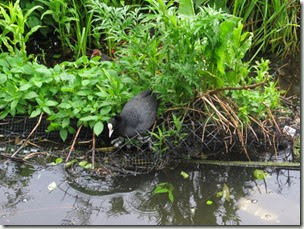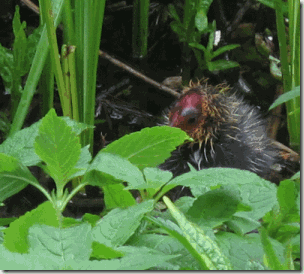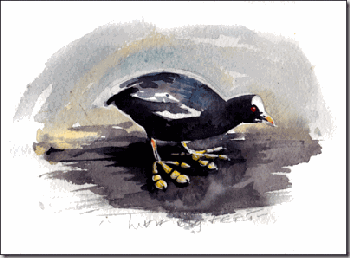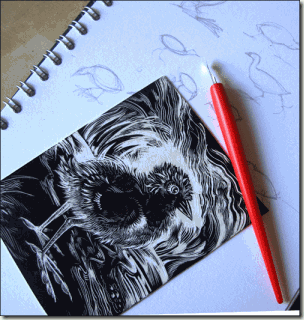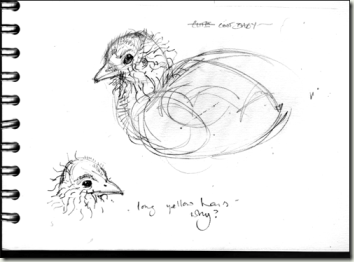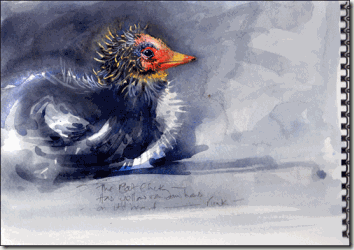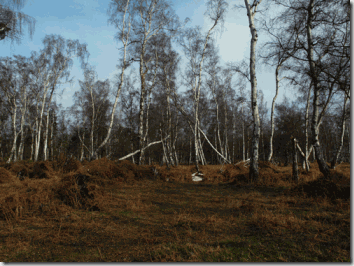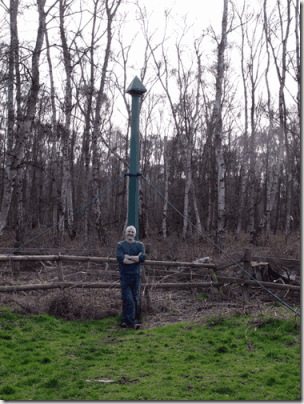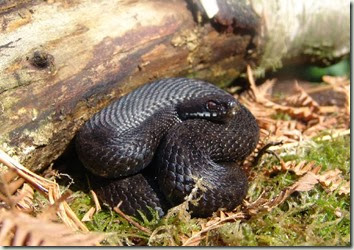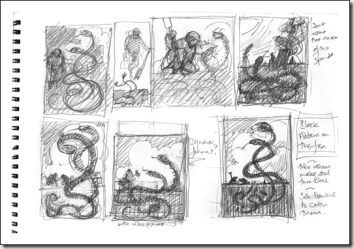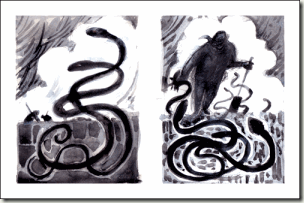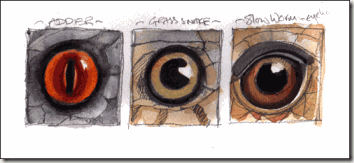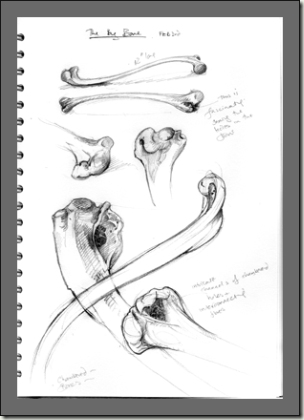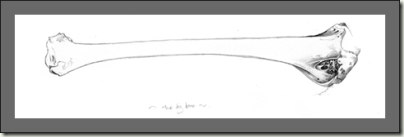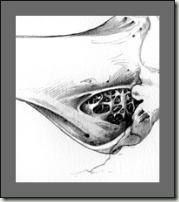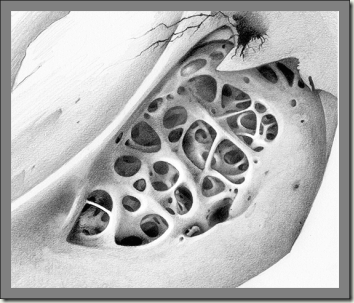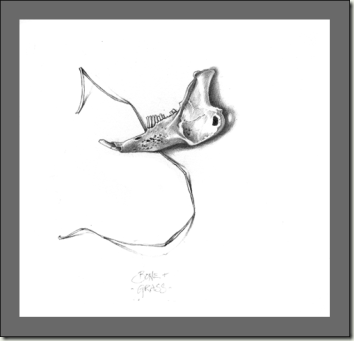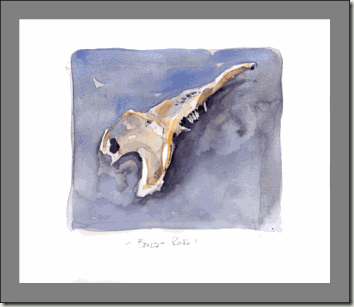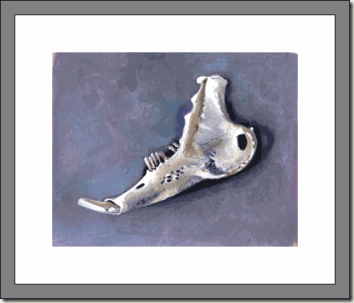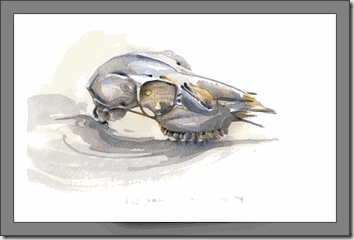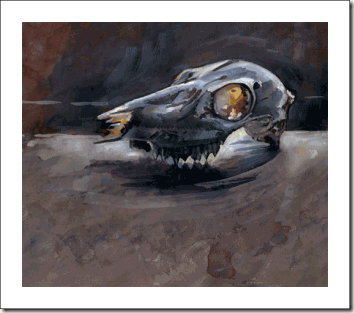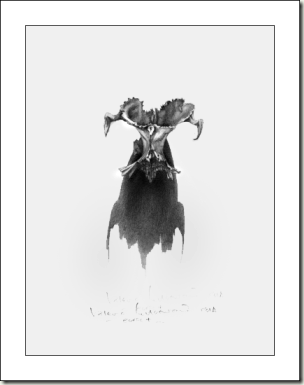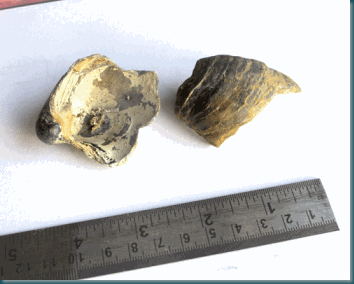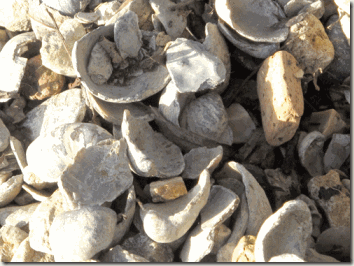Holme Fen
On Saturday we went to Holme Fen, a remaining fragment of peaty forested fen, not what you would expect from fenland really.

Shimmering silver birches at Holme Fen on Saturday 8th March
It has a fascinating history and was once a part of Whittlesea Mere, the largest lake in lowland England which was 3 miles across and a venue for ice skating in the winter, fishing and sailing. It was drained at last by the Victorians in 1851 with John Appold’s, Steam Pump brought up from the Great Exhibition.
“The wind, which of autumn of 1851 was curling the blue water of the lake, in the autumn of 1853 was blowing the same place over fields of yellow corn.” Skertchy (1877)
But one small piece of the reclamation, which is now the Nature Reserve was considered too wet to cultivate and gradually returned to birch forest.
My information from Natural England’s trail leaflet PDF here.
The Peat
Walkng through these elegant birch woods was easy going, the ground under your feet is springy, so unlike the yellow sticky mud that we have been trudging through here for the past few months. The peat here escaped exploitation and despite astonishing shrinkage, (as you can see by the Fen Post), they think the peat still extends 3 meters down over most of the site.

Chris standing by the post. His head is by the 1870 marker. The peat was level with the top of the post in 1851. The peat had shrunk to this mark in only 19 years.
Fenland Adders
Black, beautiful peat, back-breakingly dug for years mostly for fuel, also creates good adder habitat; black adders in particular if you read old accounts of peat cutting from the Fens. They were said to rise up suddenly, unseen against the black fen soil and frightening the land workers.
Other grim Fenland adder stories in Witches and Black Adders from Yaxley History which make me feel even more sorry for these lovely snakes. In 1963 Sybil Marshall published the Fenland Chronicle, her parents memories written in their Fenland dialect and detailing life on the Cambridgeshire Fens. It is a fascinating read and tells some good adder stories. More of those another time but she does say:
“ Needless to say we had a healthy respect for adders-nobody only a born fool would want to be too familiar with them. They abounded in the fen and were a common sight to the turf diggers who couldn’t be said to be frightened of them, even if they didn’t make pet on ‘em”
It would seem logical for adders to be black as camouflage against the black fenland soil but they consider adder colouration is more genetic than in response to habitat.

Paul Smith’s photo from the ARC website again see more here
Adder Sketches
I am still thinking about how to develop the adder image. More sketches today. I wonder if I can redress the balance a bit with my portrayal and have an adder loving fen man with adders fondly clustering round, or perhaps 2 dancing adders ( the mating dance) with the peat diggers in the distance.

Rough ideas A4 sketchbook

2 thumbnail ideas for a possible print.
I am also rather interested in their eyes. They are a beautiful orange red with a slit pupil unlike the grass snake and slow worm whose eyes have round pupils.

Watercolour sketches of the eyes; adder,grass snake, slowworm ( which is really a legless lizard, hence the eyelid)
Adders and Grass Snakes have no eyelids but a transparent scale called a brille which covers the eye and is part of their skin. Just before shedding this brille turns blueish, clouding the eye. After the old skin has peeled away, the adders eye is returned to its glowing brilliance. Amazing. For more adder love see artist Ben Waddam’s short film on a peat bog adder here.
PS: If you were wondering about the name Blackadder it doesn’t have much to do with snakes!

